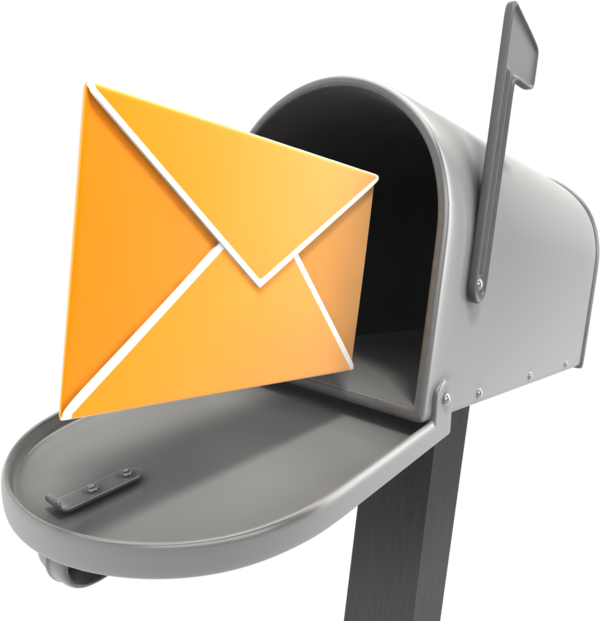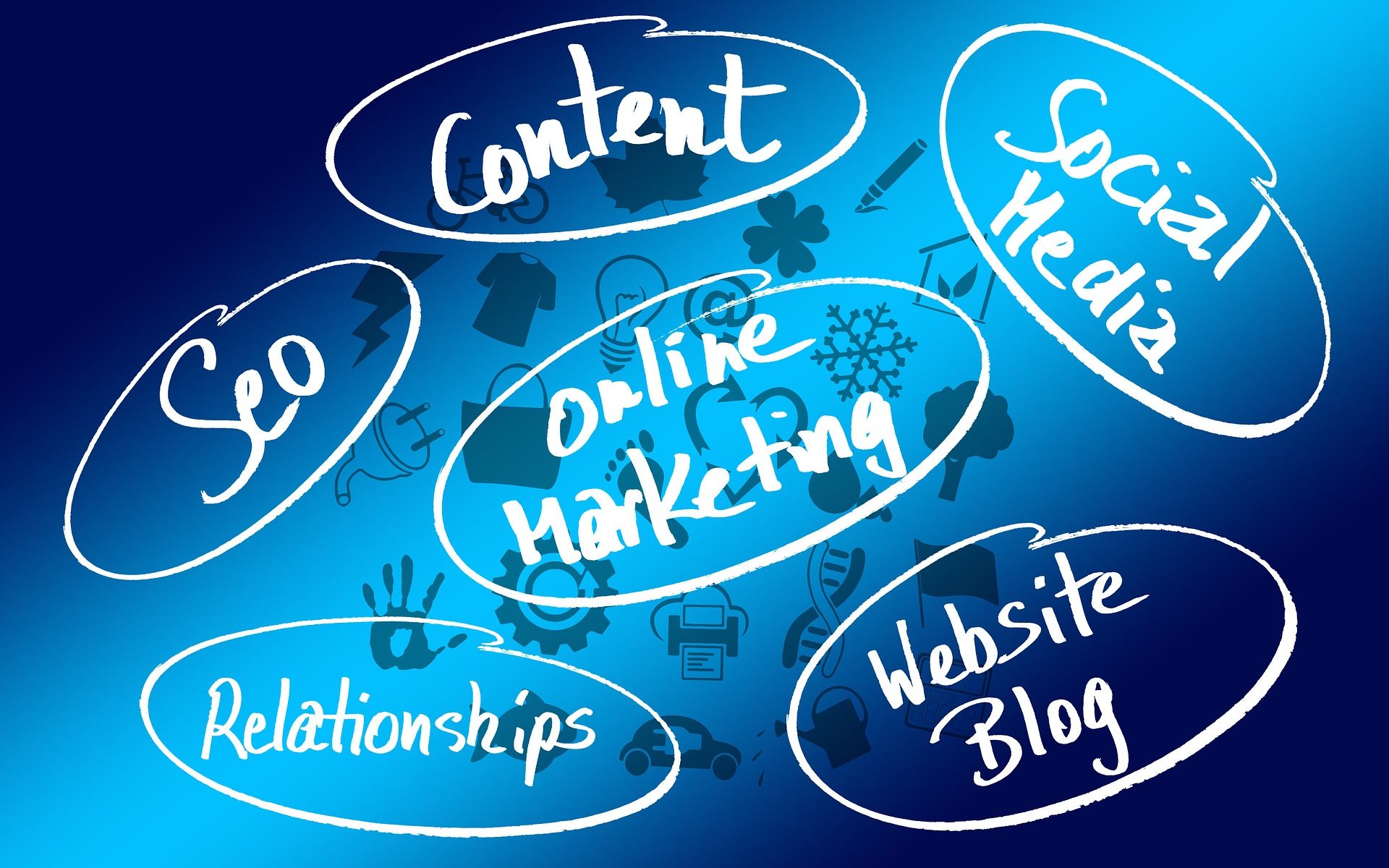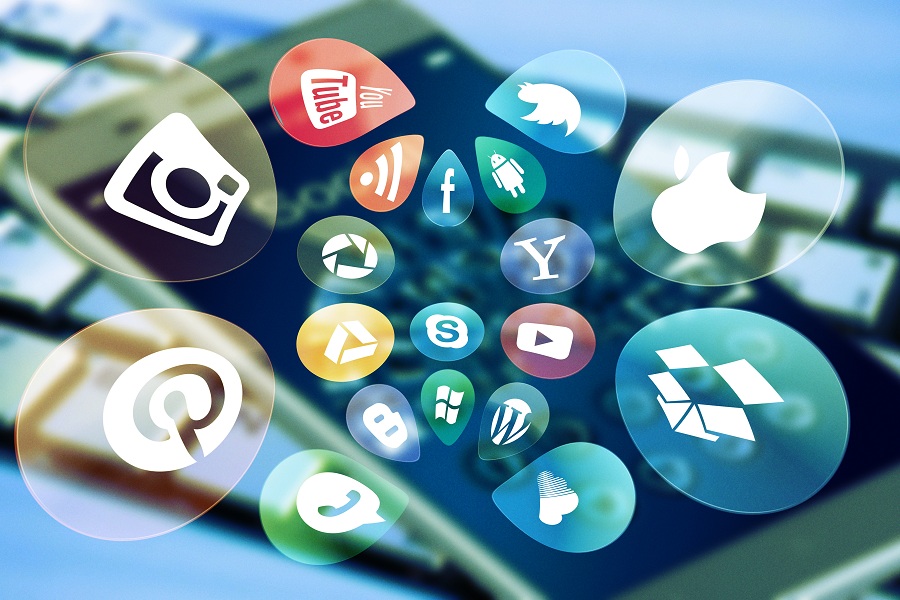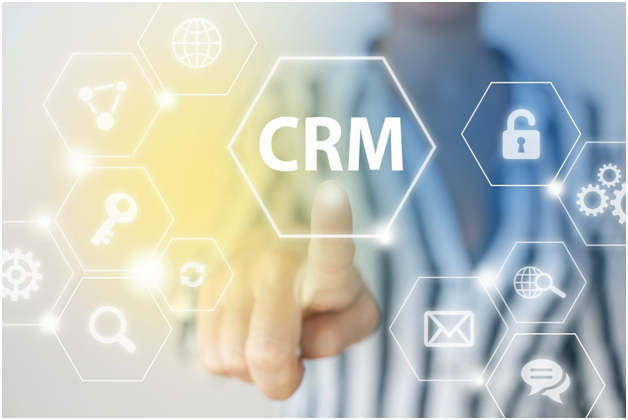Multi-touch marketing plans are effective ways to increase your company’s return on investment, or ROI, by taking advantage of cross-channel marketing and repetitive marketing strategies.
What is multi-touch marketing?
Multi-touch marketing refers to a repetitive marketing practice used to reinforce your company message and get that message in front of potential customers as often as possible. However, as opposed to releasing the same marketing message through one avenue repeatedly, multi-touch programs use many channels of communication to affectively reach customers and enforce brand recognition. This includes sending the same message through several platforms at the same time to force potential customers to take notice.
Examples of multi-touch marketing
Some potential customers are more likely to open a piece of snail mail from a company than an email, and some are more likely to open email than snail mail. To increase sales potential, it’s smart to send your message via snail mail and e-mail at the same time to capture the potential customer’s attention. If you are local, you can also do some door-to-door marketing and slip business cards into door cracks.
Engage through multiple channels
When it comes to the many channels available for company to customer communication, there’s more than direct mail, email and social media to fall back on. The most effective multi-touch marketing campaigns employ cross-channel marketing through as many channels as possible. Consider the following while developing your multi-touch campaign.
- Direct mail
- Emails
- Phone calls
- Tradeshows
- All social media channels
- Landing pages
- Webinars
- Company website
- multi-media, including videos
- Mobile text messages
- Online Advertising, including Facebook Ads
Repetition works
The more someone sees your brand, the more likely it is to stick in their head. By getting your message in front of people multiple times and in multiple ways over a short period of time, you are helping to create brand recognition, an important step in any marketing campaign.
The magic touch
Market research has found that five is the magic number; it takes, on average, five touches to convert a sales lead into a paying customer, meaning you successfully got you’re your message in front of that customer five times before they paid. Most people will not scroll past your Facebook ad once and become hooked. It likely takes seeing a targeted message at least five times before a sale is made. Consumers are fickle and they don’t often make snap decisions about purchasing, especially when the product or service has a sizeable price tag attached.
Starting a multi-touch campaign
Once you’ve decided to take the time to develop a multi-touch campaign, a strategy too many businesses shy away from, you need to proceed in an organized, and sensible, fashion.
Decide who is your audience
Before you can start any sort of marketing you have to decide who is your audience. This will determine how you communicate with them through every level of your multi-touch marketing plan. It should also dictate your message, your logo, your website and how you deliver information to potential customers. No company is successful without having a clear picture of who their customer is.
Don’t get too discouraged to try
Multi-touch marketing plans are more elaborate than single-touch systems, but don’t let that cause you to shy away from the approach. Multi-touch systems are proven to be more effective. If it works, it’s worth your time.
Many companies avoid these campaigns because they realize several teams have to collaborate on every touch to maximize its effectiveness and delivery. It’s a timely, ongoing process as each new touch requires collaboration, research, feedback and adjustments.
However, once a multi-touch system is complete, is can be employed over and over again with the goal of gaining customers and driving sales. Every new customer in one audience can receive the same communication through the multi-step plan.
When ROI increases, everything is worth it
ROI is key in every marketing approach. The more value you get for your time and money, the better off a company is. Multi-touch plans are hailed as being successful because they increase overall ROI. That’s because cohesive touch campaigns, versus disjointed single touches, are more likely to secure customers and lead to sales opportunities.
Track analytics
Through every step of your multi-touch campaign, someone should be in charge of analytics. Tracking how well each channel is received will help you revise your multi-touch plan along the way. By building on the most effective channels—perhaps by increasing frequency or changing its place in the string of communication—sales will increase, boosting your multi-touch campaigns ROI. You may also notice that one channel is driving your ROI down. If that’s the case, remove or replace that avenue of communication.
It can help to focus on one message at a time
Whether you have an upcoming event or want to attract new customers with a sale, it’s important that multi-touch campaigns have a clear, cohesive message. When you find a door hanger made of pizza coupons on your front door, you don’t have to wonder what the purpose of the campaign is. The goal is to get you to order pizza with an enticing deal. If you’ve ever ordered a pizza online before, you’ll probably get duplicate coupons in your email. Follow Dominos or Round Table online? You’re seeing their deals pop up all over your social media feeds, as well.
Maximizing email in a multi-touch campaign
The very essence of a multi-touch campaign is to use multiple avenues of contact to reach customers, however, some channels of communication are more effective than others, and this will vary by company. However, generally emails are the most effective component of a multi-touch plan. In fact, a survey found that emails are responsible for approximately 30 percent of online sales for most businesses. It should never be the only component, but it can be the biggest. The Direct Marketing Association reported that email marketing had nearly double the monetary ROI of mobile, social, display and search advertising. If you’re not sending emails often, you should be!
Creating a calendar to manage messages
Companies should reach out to customers often. If you run a yearlong marketing campaign where seasons or specific months shift the way you market your business, then calendaring your messages for an entire year can save your company thousands of dollars. The same can be said if you have a business that runs the course of a school year. Your marketing approach will encompass all nine months of messages to close sales because the message will shift month to month.
How it works
Utilize a customer relationship management program, or CRM, and take advantage of automation to amplify the effects of your multi-touch marketing plan. Automation is effective because with a little extra time up front, overall man hours are reduced, which directly impacts your company’s bottom line. Because a marketing plan should be thoroughly thought out before implementation and not play-as-you-go, it’s important to develop the entire campaign at the beginning. Once a campaign has been established, you can create seasonal or monthly emails to reconnect with customers and potential customers frequently.
For smaller campaigns, such as a month-long sale, the messages should be managed in a calendar with dates for each message to be sent. One calendar can be used for email messages alone, or combined with other channels of communication so an inside sales team has a full-view of the outgoing messages.
Staying organized
Few businesses truly succeed without being organized, and a content message calendar does just that—keeps your flow of communication between company and customer organized. An effective calendar automates email campaigns to keep the lines of communication open, and remind customers that your company is still there.
Adjusting a multi-touch marketing plan for new customers
When new customers sign up for your communications, they should start their campaign from the beginning. If you’re using seasonal messages, those will send on specific days, but the campaign targeting the new customer should play out from start to finish, meeting the customer where they are at instead of forcing them to meet your company in the middle
Seamless flow of communication
By calendaring messages, sales teams are able to take advantage of the most effective timeframe for customer interaction. For example, if a new potential customer signs up for your newsletter, it is important to schedule their first message immediately, while your company is still fresh in their mind and the need for information hasn’t passed.
From there, however, analytics may have determined checking back in with your customer in two days is the best strategy for closing a sale. Either way, creating a calendar of outgoing messages for targeting new customers is one more way to use automated software and save money on man-hours. It also increases ROI by sending messages in a timely fashion without human error to derail the system.
Several campaigns will be going at once
From seasonal messages to sales-centric or event-driven campaigns and new customer acquisition models, your company will likely be deploying several multi-touch campaigns at once. That’s again why the calendar is important. Initial customer contact and follow up messages should be calendared as well as specific messages you need to get to your entire customer base. Calendar organization cuts down on missed opportunities and lost customers.












